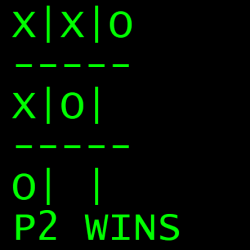A spectrometer is one of those tools that many of us would love to have, but just can’t justify the price of. Sure there are some DIY options out there, but few of them have the convenience or capability of what’s on the commercial market. [Chris] from Zoid Technology recently found a portable spectrometer complete with Android application for just $150 USD on AliExpress which looked very promising…at least at first.
The problem is that the manufacturer, Torch Bearer, offers more expensive models of this spectrometer. In an effort to push users into those higher-priced models, arbitrary features such as data export are blocked in the software. [Chris] first thought he could get around this by reverse engineering the serial data coming from the device (interestingly, the spectrometer ships with a USB-to-serial adapter), but while he got some promising early results, he found that the actual spectrometer data was obfuscated — a graph of the results looked like stacks of LEGOs.















